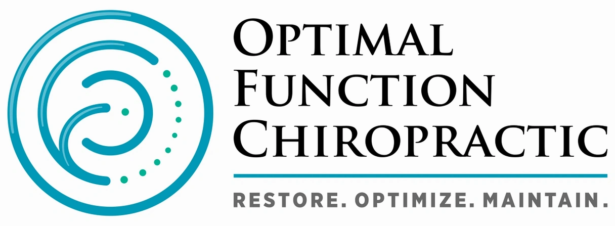
Active Release Techniques provider with 20+ years experience
Taping

WHAT IS THE KINESIO TAPING METHOD?
The Kinesio Taping® Method is a definitive rehabilitative taping technique that is designed to facilitate the body’s natural healing process while providing support and stability to muscles and joints without restricting the body’s range of motion as well as providing extended soft tissue manipulation to prolong the benefits of manual therapy administered within the clinical setting. Latex-free and wearable for days at a time, Kinesio® Tex Tape is safe for populations ranging from pediatric to geriatric, and successfully treats a variety of orthopedic, neuromuscular, neurological and other medical conditions.
The Kinesio® Taping Method is a therapeutic taping technique not only offering your patient the support they are looking for, but also rehabilitating the affected condition as well. By targeting different receptors within the somatosensory system, Kinesio® Tex Tape alleviates pain and facilitates lymphatic drainage by microscopically lifting the skin. This lifting affect forms convolutions in the skin thus increasing interstitial space and allowing for a decrease in inflammation of the affected areas.
Based upon years of clinical use, Kinesio® Tex Tape is specifically applied to the patient based upon their needs after evaluation. The findings of the clinical evaluation or assessment dictate the specifics of the Kinesio® Tex Tape application and other possible treatments or modalities. With the utilization of single “I” strips or modifications in the shape of an “X”, “Y” or other specialized shapes as well as the direction and amount of stretch placed on the tape at time of application, Kinesio® Tex Tape can be applied in hundreds of ways and has the ability to re-educate the neuromuscular system, reduce pain and inflammation, optimize performance, prevent injury and promote good circulation and healing, and assist in returning the body to homeostasis.
The Kinesio Benefit
Evaluation and assessment are key in the treatment of any clinical condition. In order to get the desired results from a Kinesio Tex Tape application as well as any other treatment, a full assessment of your patient is necessary. In some cases, the treatment of a condition may require treatment of other underlying conditions as well. This assessment should include manual muscle testing, range of motion testing, gait assessment, and any other orthopedic special tests that you deem necessary. The information gained from these assessments will allow for the proper treatment protocol to be laid out. Kinesio Tex Tape can be a valuable addition to this protocol. It has been proven to have positive physiological effects on the skin, lymphatic and circulatory system, fascia, muscles, ligaments, tendons, and joints. It can be used in conjunction with a multitude of other treatments and modalities within your clinic and is effective during the rehabilitative and chronic phases on an injury as well as being used for preventative measures.

RockTape is a premium brand of kinesiology tape. First used by acupuncturists and chiropractors in Japan, today kinesiology tape is used by a wide variety of health professionals throughout the world to both prevent and treat injuries and pain.
How Does RockTape Work?
When applied correctly, RockTape’s unique elasticity causes the skin to form convolutions and wrinkle. This decompresses the tissue immediately below the skin. It is believed that this has three main effects:
· Fluid effect- improving blood and lymphatic flow in the taped area
· Mechanical effect- improving the slide and glide between tissue layers
· Neurological effect- altering the perception of pain and improving body awareness.
Key benefits of using RockTape?
· Assists to decrease pain
· Assists to reduce swelling and bruising
· Provides functional support while allowing full range of movement
· Hypoallergenic – no zinc oxide or latex
· Water resistant – can be worn for up to 5 days
What are the key symptoms RockTape might assist?
· Muscle pain or cramping – e.g. lower back or calf muscles
· Joint pain – e.g. shoulder or knee
· Poor posture
· Inflammation or bruising